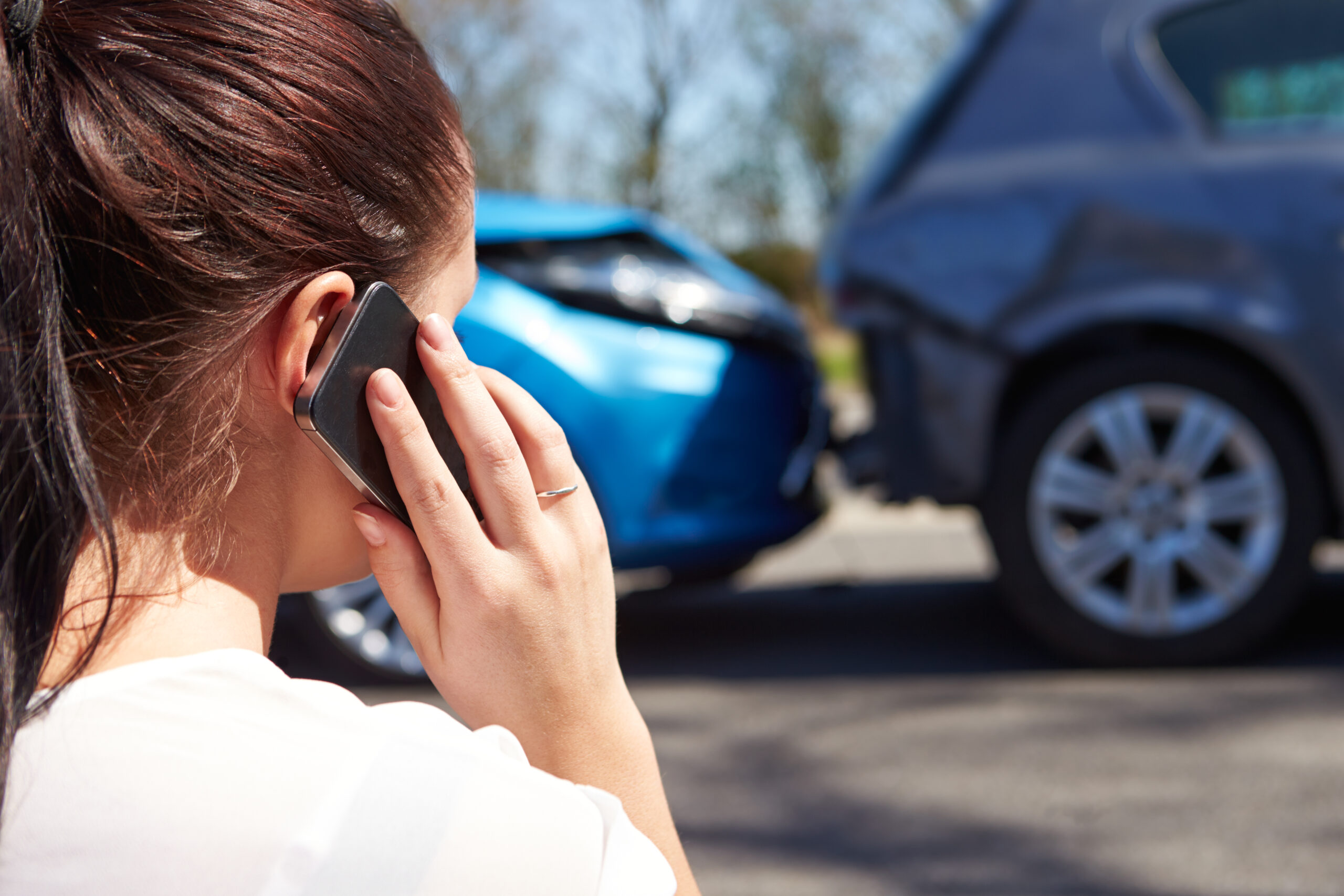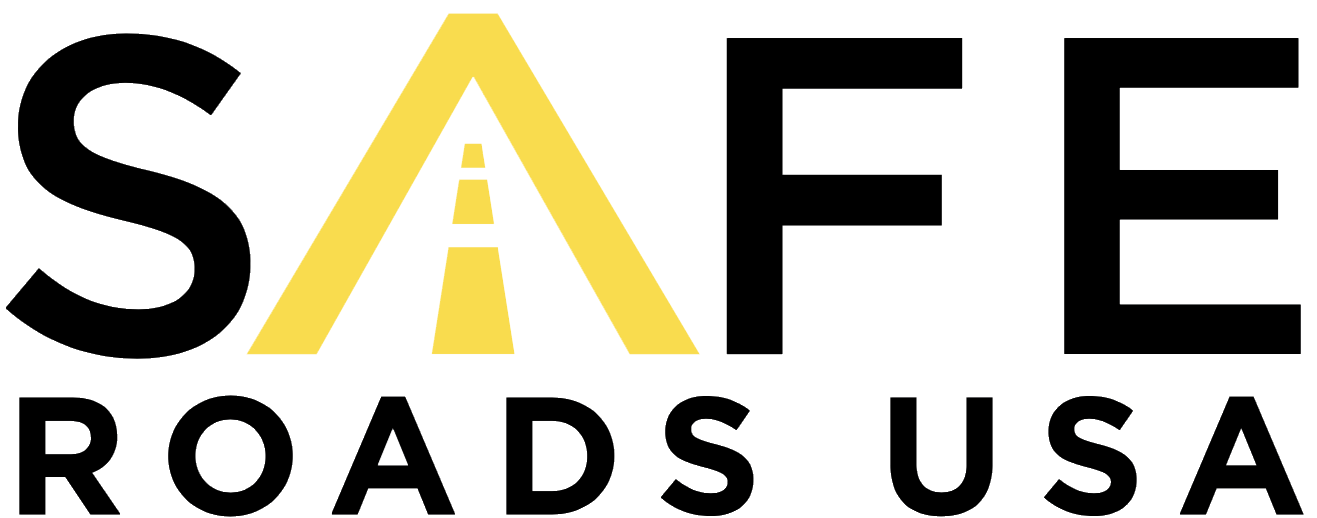Most Dangerous Roads in Lafayette, LA

According to data provided by the Federal Highway Administration, Louisiana is in the top 10 for the most dangerous road conditions in the country. A shockingly high 14.35% have heavy rutting, and 15.47% have heavy cracking.
These conditions result in a fatality rate of 24.23 per 100,000 licensed drivers, making Louisiana the 10th most deadly state to drive in. When fatality statistics are compared to miles traveled, rather than licensed drivers, Louisiana increases to the fifth most deadly state with 17.12 fatalities per one million vehicle miles traveled.
Lafayette is the third-most populated city in Louisiana, and it shares some of the same problems that the state has as a whole. Police in the area respond to thousands of car accidents per year. If you are driving around Lafayette, you should be wary of the following most dangerous roads.
Construction, Accidents, Closures, and Cameras in Lafayette
Lafayette is located just a few dozen miles north of the Gulf of Mexico. In this swampy region of Louisiana, water damage is common, and the city occasionally has to close or repair roads due to high water on the roadway.
If you intend to drive through the city, you should look at this real-time map of the city roads.
It gives information about:
- Live traffic cameras
- Accidents
- Construction
- Cautions and warnings
- Road closures
- High water
- Fire
One of the best ways to protect yourself when traveling around Lafayette is to look at this map and plan your route before driving. This way, you can be made aware of any obstacles that could interfere with your travel.
The Most Dangerous Lafayette Roads and Intersections
Lafayette roadways are built like many cities. They form a rough grid, though somewhat off-kilter due to the local geography. Traffic can get pretty heavy on those roads. Accidents primarily occur at intersections. The following are some of the most common intersections for accidents in the city.
West Congress Street and Bertrand Drive
Bertrand Drive is one of the most heavily traveled roads in the city. West Congress Street doesn’t have as much traffic, but a lot of traffic turns from one road onto the other. The heavy traffic on W. Congress St. is largely thanks to several popular restaurants.
Ambassador Caffery Parkway and Robley Drive
These two high-traffic roads meet in a high-use commercial area. The block surrounding this intersection is home to Walgreens, Circle K, a gas station, and a hardware store. These popular stops cause a high amount of traffic turning in various directions.
Furthermore, Robley Drive changes from a four-lane road to a two-lane road at the intersection. This switch is another potential cause of accidents.
Ambassador Caffery Parkway and Johnston Street
It is surprising that more accidents don’t occur at this intersection. Johnston Street has a similar change in road size to Robley Drive at this intersection, and the road has much higher traffic. There are also shopping centers on all sides of this intersection.
Kaliste Saloom Road and Liberty Avenue
While most of the areas on this list are heavy commercial areas, this intersection differs. It is a commercial area but is lightly populated with businesses. What makes it stand out is that it is adjacent to a few residential areas.
Most likely, the cross traffic between residential use and commercial use results in accidents in this area. This is certainly amplified by the presence of a large church, which creates significant extra traffic on some evenings and weekends.
West Pinhook Road and Rue Ferdinand
This is another area of light commercial use where a lot of travelers turn off or onto the main road. Unfortunately, West Pinhook Road is not in great condition, and neither are many of the side roads or parking lots in the area, which likely leads to many of the accidents in the area.
Ambassador Caffery Parkway and Governor Miro Drive
While the other dangerous intersections on Ambassador Caffery Parkway were firmly commercial areas, this intersection is different. It is located in a residential area right near the edge of a commercial area, meaning that there is a significant change in traffic near this intersection.
Adding to the danger of the area, like much of the rest of Lafayette, the roads here are not great. Many of them have cracks and require repairs or maintenance.
The Shopping Mall Effect
A significant portion of Lafayette is zoned for commercial land use, and the city is dotted with shopping complexes. The area near Ambassador Caffery Parkway, in particular, has a lot of strip malls and businesses lining the roads.
As a result, a lot of drivers are consistently slowing down to turn into parking lots or side roads. Unfortunately, because most of the streets that run by these shopping locations are major throughways, the rest of the traffic is often moving at a faster speed. This discrepancy is a recipe for accidents, especially on roads that could use some maintenance.
A similar problem occurs with drivers turning onto these roads. While some drivers can turn onto these major roads at lights, many have to turn onto them out of parking lots with no traffic control signals. As a result, a slower car may pull in front of a faster car, causing an accident.
This danger can even occur at a light if the driver on the main road attempts to beat a red light or runs a red light.
Drive Carefully in Lafayette, Louisiana
The streets in Lafayette, like in much of Louisiana, are sadly in need of repair. This issue, combined with the high number of commercial areas located by high-speed roads, results in significant accident totals within the city limits.
If you intend to drive around Lafayette, you should do your best to avoid the dangerous intersections listed in this guide. When possible, you are probably safer using public transportation to travel to the commercial areas of the city or may want to shop during less busy hours.
